SmartPak’s Top 10 of 2020

With 2020 coming to an end, we wanted to round up this year’s top horse health topics. Read more on our top stories below!
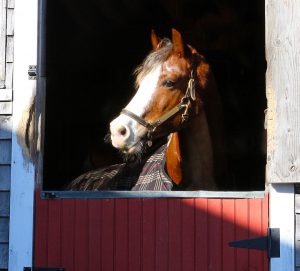 1. Coronavirus and Horses
1. Coronavirus and Horses
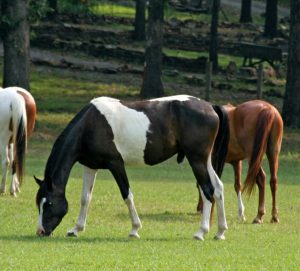 2. Fecal Water Syndrome
2. Fecal Water Syndrome
Frequent, loose stool in horses can range from mild, chronic diarrhea that is a nuisance but does not affect the horse’s overall health to severe, acute diarrhea that is a medical emergency. A related condition is the newly described Fecal Water Syndrome or Free Fecal Water, in which a horse passes normal, solid manure separately from fecal liquid.
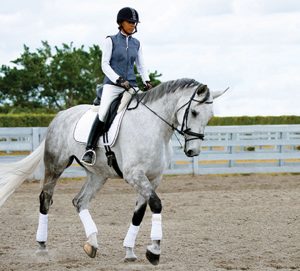 3. Shivers
3. Shivers
The term “shivers” or “shivering” is used to describe a neuromuscular condition in horses that has been recognized for centuries. Thanks to a breakthrough in ongoing research, veterinarians and horse owners now have a better understanding of this syndrome, including the age, gender, and type of horse it is more commonly seen in.
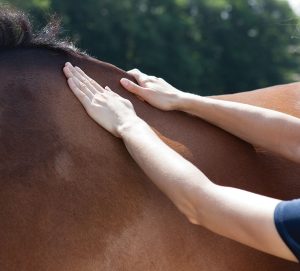 4. Kissing Spines
4. Kissing Spines
Although Kissing Spines are the most common cause of primary back pain in the horse, the underlying cause of the condition – and whether genetics plays a role — is still largely unknown. In some cases, problems develop after a fall or other injury, but more often it is the conformation of the horse (short back) or the vertebrae themselves (narrow interspinal spaces) that is involved.
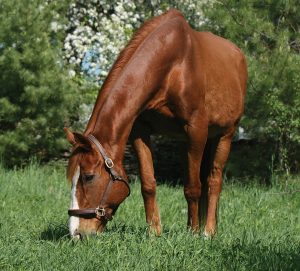 5. Cushing’s
5. Cushing’s
PPID refers to a collection of clinical signs due to overproduction of certain pituitary hormones. It is caused by an enlarged and overactive pituitary gland normally kept in check by inhibitory dopamine from the hypothalamus.
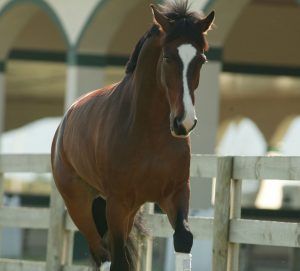 6. PSSM
6. PSSM
Polysaccharide Storage Myopathy (PSSM) is a chronic muscular condition in horses that comes under the broader heading of “tying up,” or exertional rhabdomyolysis- but they’re not the same!
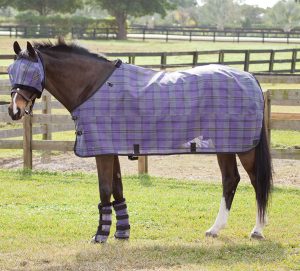 7. Allergies
7. Allergies
Allergic reactions are extremely common in horses, whose immune systems can overreact or become hypersensitive to things they touch, inhale, eat, or that are injected into them. Think insects, hay dust and mold, tree and grass pollen, products such as fly spray or shampoo, and drugs such as IM penicillin. The two most common sites for allergies to appear are the skin (hives, itching) and the respiratory system (coughing, nasal discharge).
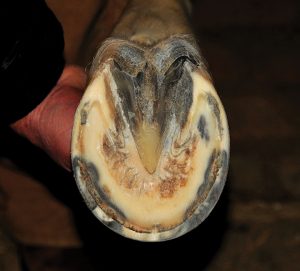 8. Laminitis
8. Laminitis
A complex sequence of events occurs during laminitis, potentially altering blood flow or circulation in the foot, resulting in damage to this tissue. When the damage is severe enough, the laminae die and the coffin bone is no longer supported in the hoof.
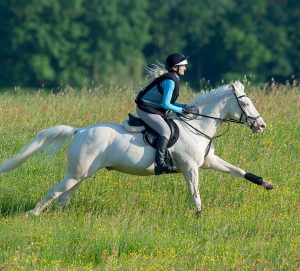 9. Tying Up
9. Tying Up
Tying up, or Exertional Rhabdomyolysis, in horses is characterized by muscle pain, stiffness, excessive sweating, and a reluctance to move associated with exercise. Once known as “Monday Morning Sickness”, it is not the simple muscle soreness a person might experience the day after running or lifting weights, especially if they hadn’t done so in a while. Tying up in horses can be a serious, even life-threatening condition with multiple causes.
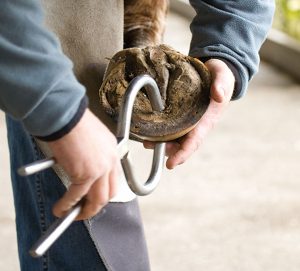 10. Navicular
10. Navicular
Navicular disease generally refers to progressive degeneration of the navicular bone, the small bone in the hoof that lies behind the coffin bone or third phalanx. Navicular syndrome is used to describe any condition causing pain in the area of the navicular bone or the heel, including the navicular bursa, deep digital flexor tendon, coffin joint, or any of several ligaments.
Do you have a horse with any of these conditions/concerns? Which of these Top Ten was the #1 most interesting to you?
 1. Coronavirus and Horses
1. Coronavirus and Horses 2. Fecal Water Syndrome
2. Fecal Water Syndrome 3. Shivers
3. Shivers 4. Kissing Spines
4. Kissing Spines 5. Cushing’s
5. Cushing’s 6. PSSM
6. PSSM 7. Allergies
7. Allergies 8. Laminitis
8. Laminitis 9. Tying Up
9. Tying Up 10. Navicular
10. Navicular